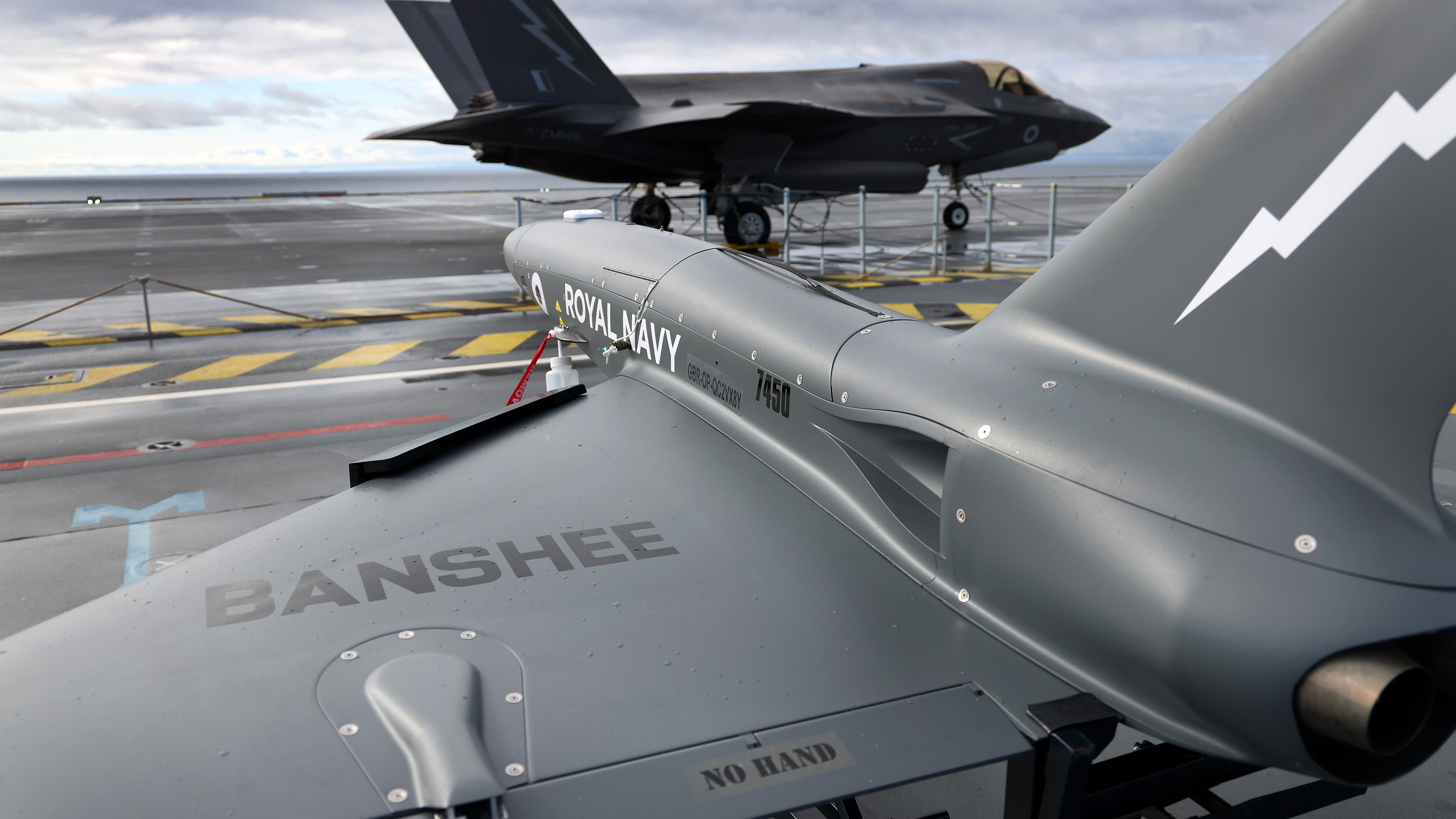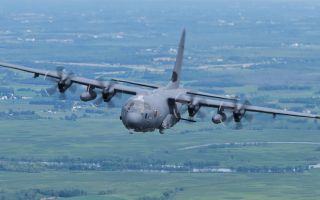
Royal Navy retires Banshee jet drone as successful two-year trial is completed

The Royal Navy has retired its Banshee jet-powered drone after completing a successful two-year trial with 700X Naval Air Squadron.
The project was designed to help the Navy explore how high-speed uncrewed aerial systems could be used in training and future operations.
Developed by QinetiQ, the Banshee drone is capable of flying at more than 400mph and featured in several live-fire exercises.
- HMS Albion and Bulwark to be axed as part of Healey's cost-cutting drive
- HMS Dauntless proves she's a sharpshooter as she downs swarm of drones
- Cleared hot: Wildcat destroys Banshee drone using Martlet missile during trials
In one trial off the coast of Wales, Banshees were launched in swarms to simulate fast-moving enemy targets, putting the Navy's air defence systems to the test.
In another exercise, a Royal Navy Wildcat helicopter successfully intercepted and destroyed a Banshee using the lightweight Martlet missile.
700X Naval Air Squadron, based at RNAS Culdrose, has now achieved its objectives with the Banshee, and the drone has been withdrawn from service.
The move comes as the British Army also withdraws its Watchkeeper drone, which cost around £5m each.
They have been in service for a decade and have become obsolete.
It's not only drones that have faced cuts across the Armed Forces – several helicopters have been axed, with the 14 oldest Chinook transport aircraft removed early from service and the Puma fleet retired in March.








